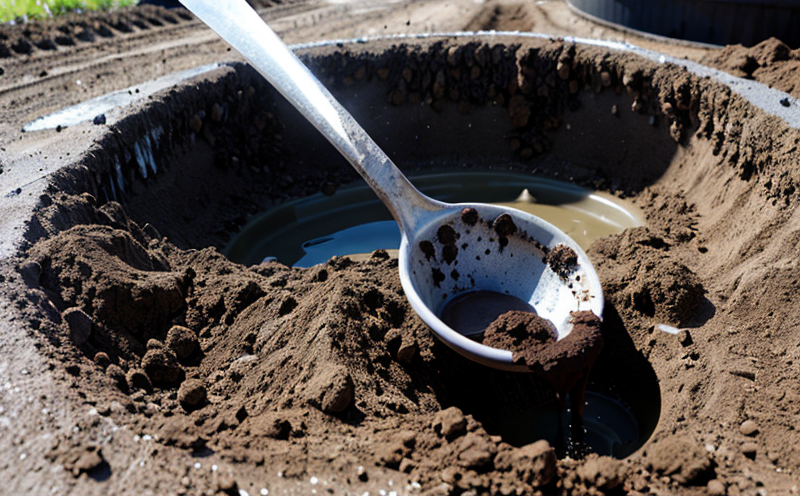EPA 160.2 Residue and Solids in Sludge Test
The EPA Method 160.2 is a widely recognized standard procedure used to determine the total dry weight residue and solids content of sludge materials, which are crucial components in wastewater treatment processes. This method ensures that regulatory compliance is maintained for facilities managing and disposing of biosolids and other sludges.
The procedure involves drying samples at a controlled temperature (103 ± 2°C) until constant weight to determine the total dry matter content. The residue obtained after drying represents the solid fraction, which includes organic solids as well as inorganic materials like ash from combustion processes. This method is essential for assessing the quality and characteristics of biosolids, such as their calorific value, nutrient content, and potential for land application or composting.
The test is critical for facilities that produce sludge from wastewater treatment plants, especially those regulated by environmental authorities to ensure safe disposal and utilization. By accurately quantifying the residue and solids in sludge, this method helps in optimizing processes, ensuring compliance with environmental regulations, and managing resources efficiently.
| Application | Description |
|---|---|
| Biosolids Management | Evaluating the quality of biosolids for land application or composting. |
| Regulatory Compliance | Ensuring adherence to EPA and other environmental regulations regarding sludge disposal. |
| Process Optimization | Identifying areas where process improvements can lead to more efficient use of resources. |
| Environmental Monitoring | Sustaining ecological balance by managing biosolids responsibly. |
The method's precision and reliability are vital for ensuring that the sludge materials meet the required standards. This is particularly important in sectors like municipal water treatment, where improper handling or disposal can lead to environmental hazards. The accuracy of the results obtained from this test directly impacts the decisions made regarding resource allocation and process optimization.
Benefits
Achieves regulatory compliance by ensuring that sludge materials meet specified standards for solid content.
Enhances process efficiency through optimized management of resources, leading to cost savings and reduced waste generation.
Promotes environmental responsibility by supporting sustainable practices in biosolid disposal and utilization.
Facilitates informed decision-making by providing detailed data on sludge composition that can guide further research and development efforts.
Use Cases and Application Examples
Municipal wastewater treatment facilities use this method to assess the quality of biosolids produced from their operations, ensuring they are suitable for land application or composting without causing environmental harm.
Private water treatment plants incorporate EPA 160.2 into their quality control programs to maintain consistent product quality and ensure regulatory adherence.
Sewage treatment companies utilize this procedure as part of their internal audits to verify that the sludge they generate meets specified criteria, thus ensuring safe disposal practices.





